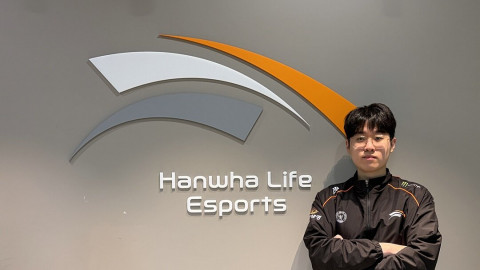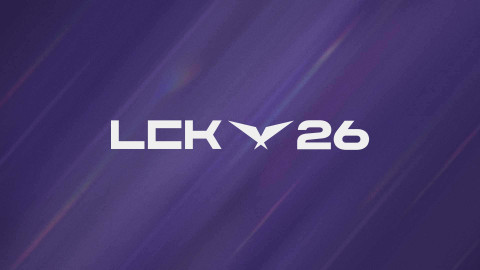
Patrick Walker, Vice president of Insights, presented his data analysis of last year’s VR market. He reflected on numbers and graphs to evaluate current state of VR. Through his analysis on the data, he explained what kinds of strategy we should go with in this year’s VR market, and also what aspect of VR we should focus on in order to facilitate growth in overall VR industry.

Sales data showed sharp contrast in between mobile VR devices and high-end VR devices. Mobile VR devices' low price level reduced entry to barrier, which resulted in significantly higher sales volume compared to high-end devices like Oculus, Vive, and PlayStation VR. However, survey data also suggested that over 30% of non-VR owners are willing to pay at least $400 for a head-mounted display, which seems to promise there is hope for sustainability in high-end VR devices.

Survey data also revealed that the general response towards VR devices is positive, and also overall score among critics in which Oculus Rift, HTC Vive, and PlayStation VR all made it past 80 points in renowned tech sites such as TechRadar, Engadget, IGN, and Polygon. Demographic data of people that purchased PC VR devices revealed that they have high spending capacity, are old enough to make a living, and are already spending significant amount of money on games.

The hardware aspect of VR showed promising results, but the persistent problem surrounding VR's lack of killer titles was also addressed in the data analysis. While the number of released titles in console platforms and VR platforms was not so different, the number of titles that were actually reviewed by critics was significantly lower in VR than it was in console titles. What was making the problem even more severe is that there was only one VR game that made it past 85-point score. Walker stated that there are not as many killer titles in VR, but also pointed out that the low number of reviews among VR games is making it harder for good games to make names for themselves, resulting in underrepresentation of VR games in general and thus putting limits on how far VR softwares can go.

Although VR showed both its potential and weakness this year, many new attempts are yet to be made by the pioneers of this relatively new market. Business moves and development of new softwares have already begun, and VR developers are pushing themselves to make VR more accessible to the general public. We might just see another year full of news in VR market like we did last year, hopefully with new releases that can induce more people into buying VR devices.
Sort by:
Comments :0






